What is high blood pressure?
High blood pressure is a common risk factor for cardiovascular diseases such as stroke and heart attack. It may also cause dizziness, headaches, and increased fall risk, especially in older adults. Prevention includes exercise, a healthy diet, stress management, and safety measures at home.
Understanding high blood pressure
High blood pressure (hypertension) means that the pressure in the body’s blood vessels remains elevated over time. The diagnosis is often made when blood pressure consistently measures above 140/90 mmHg [1]. Because high blood pressure usually has no obvious symptoms, it is often called a “silent disease.”
Symptoms
Most people with high blood pressure do not notice anything unusual, but some may experience:
-
Headaches
-
Dizziness
-
Fatigue
-
Vision problems
-
Heart palpitations
Risks and complications
If untreated, high blood pressure increases the risk of serious conditions:
-
Stroke
-
Heart attack
-
Heart failure
-
Kidney damage [2]
Hypertension is one of the most common causes of cardiovascular disease worldwide and a leading risk factor for premature death.
High blood pressure and fall risk
High blood pressure can affect balance and raise the risk of falls in several ways:
-
Dizziness and unsteadiness – Rapid changes in blood pressure can cause orthostatic hypotension (a sudden drop in blood pressure when standing up), leading to falls.
-
Side effects of medication – Some blood pressure medications can lower blood pressure too much, causing weakness or fainting [3].
-
Combination with other conditions – In older adults with existing balance problems or muscle weakness, hypertension can further increase fall risk.
Preventive measures
Ways to reduce the risks of high blood pressure and prevent falls include:
-
Regular exercise and balance training.
-
A healthy diet with less salt and more fruits and vegetables.
-
Stress management and adequate sleep.
-
Home modifications to reduce tripping hazards.
-
Personal alarm systems to get quick help after a fall.
-
Regular medical checkups to monitor blood pressure and medications.
Safety alarm with automatic fall alarm can increase safety for people with an increased risk of falling
Sensorem’s personal alarm is an example of a technical aid specially developed for people who have an increased risk of falling. The personal alarm can automatically trigger the alarm in the event of a fall and then call relatives using the watch’s built-in speakerphone with two-way communication. The personal alarm works outdoors and has built-in GPS positioning so that relatives can see the user’s position on a map in the Sensorem app.
READ ABOUT HOW SENSOREM’S PERSONAL ALARM AUTOMATICALLY CAN DETECT A FALL
Sources:
- Centers for Disease Control and Prevention (CDC), “High Blood Pressure Facts”
- World Health Organization (WHO), “Hypertension”
- American Heart Association, “Managing Blood Pressure with Medication”

